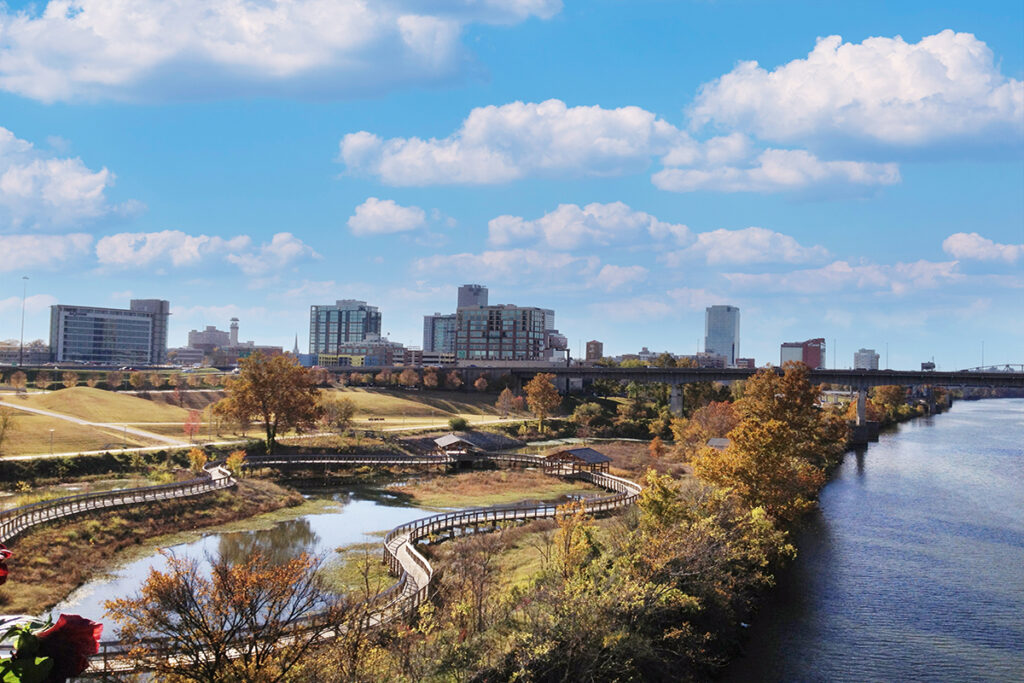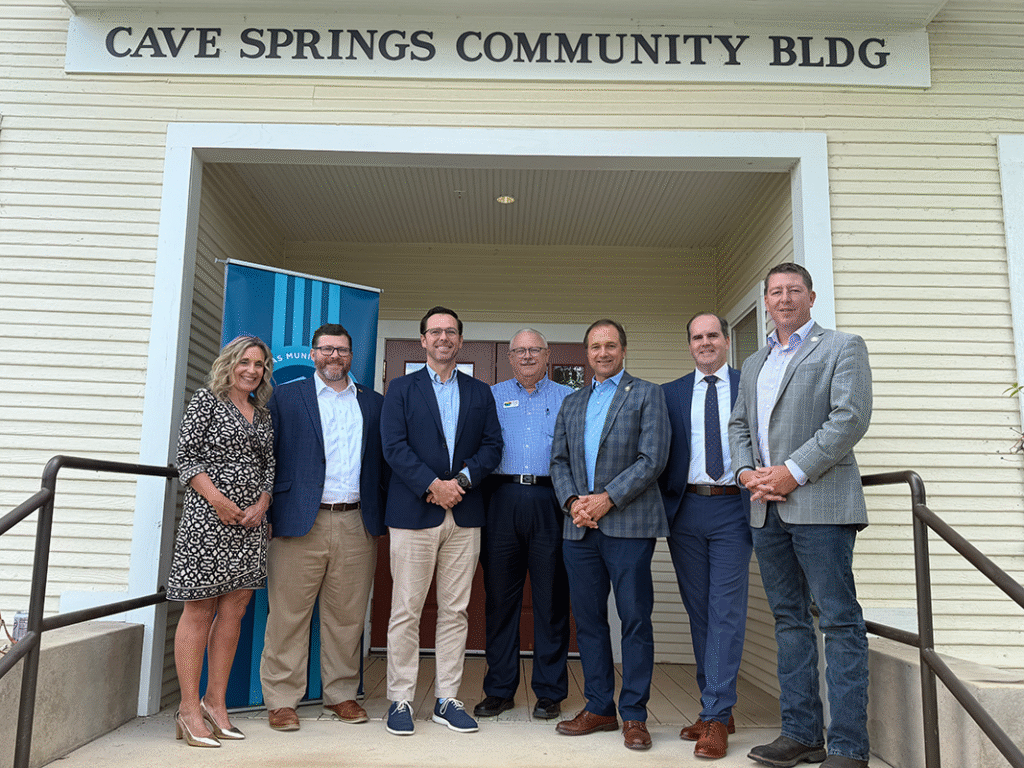Questions arise these days over the so-called “ownership” of land, particularly when parts of said ownership move from the private to the public sectors. This piece looks at a few of the issues.
Our Arkansas Constitution, Article 2 – Declaration of Rights states: “The right of property is before and higher than any constitutional sanction; and private property shall not be taken, appropriated or damaged for public use, without just compensation therefor.”
Simple? Sort of. The word “property” lacks a definition. Also, there has been some discussion over the years about the selection of the term “public use” as opposed to “public purpose.”
The winner is “use,” at least so far.
Despite rhetorical mythology, we don’t actually “own” land. In the U.S., attorneys tell us, one can only own rights to land, not the land itself. Ownership of rights is never unassailable because the state’s various public entities retain the right of eminent domain.
As for what one has control over, the so-called “bundle of rights” includes: the right of possession, the right of control, the right of exclusion, the right of enjoyment and the right of disposition.
The question, from an urban planning perspective, then becomes, how do some, or even all, of these rights transfer from the private to the public sectors? The ways include:
- Fee simple, or outright purchase of all rights. For example, the public typically owns all rights to the property whereupon sits the city hall or its fire stations.
- Easements, or the grant of a nonpossessory property interest that provides the easement holder permission to use another person’s land.
- Dedications, or the transfer of privately owned land in the form of an easement to serve the public.
These definitions provide a general description to be used only with legal oversight. The question for planners and elected officials is: Who maintains properties affected by any of the above? For example, that question arises frequently these days with regard to detention and retention ponds dedicated for flood control. It also arises in cases of so-called “private streets.”
Let us concentrate on those two.
Dedications for drainage are a recent phenomenon. Unfortunately, many cities paid scant attention to the issue of drainage until the passage of the National Flood Insurance Program (NFIP), administered by the Federal Emergency Management Agency (FEMA).
Now cities are reviewing and approving subdivision plats that provide ponds designed to slow or hold floodwaters that threaten developed areas. Aptly named detention and retention ponds, they can provide a level of safety when well designed and are not simply the dedication of unusable land.
The question then often becomes: Who assumes the responsibility of such impoundment areas once they become part of an approved subdivision plat?
An immediate answer might be the developer. That sounds good, but developers have been known to, in the words of Huck Finn, “light out for the territories” once the last profitable lot is sold.
Another answer might be the property owners association (POA). Perhaps, but in our state, as an experienced city engineer for a highly regarded city quipped, “POAs are too often ‘Here today. Gone tomorrow.’”
One city surveyed is considering improvement districts as a way to address such problems. This is a method by which a group of property owners can share the cost of infrastructure improvements through levies on their property taxes. State legislation governs improvement districts and municipal involvement requires substantial legal oversight.
Some cities simply accept the fact that the only dependable method of permanent maintenance rests with the city. Compensation for this service will also depend on substantial legal oversight. It might even require new legislation.
Other transfers of private rights include the dedication of open space, a common requirement of planned unit development (PUD) regulations. Also, the state planning statutes allow plats to reflect the reservation for future public acquisition of land for community or public facilities indicated in the plan (emphasis added.) Again, who assumes responsibility for maintaining such reservations?
If this sounds complicated, that is because it is. The city should rely on professional assistance and legal guidance in dealing with such elements of land use regulation.
The maintenance of streets represents a more familiar aspect of development regulation. If development regulations meet the provisions of A.C.A. § 14-56-417, the regulations “shall establish the procedure to be followed to secure plat, approval by the [planning] commission.” Once the planning commission approves a plat, knowledgeable attorneys offer the opinion that the city has responsibility for the dedicated portions of the plat.
What about a plat that requests that streets are private elements for which the POA will assume responsibility? This frees the city, forever, from any maintenance worries.
As an Ernest Hemingway character once said, “isn’t it pretty to think so?”
Actually, approval of “private streets” initiates myriad complexities, a major one being perpetual maintenance. Fire trucks will weigh more than 75,000 pounds whether the city or property owners assume maintenance responsibility for the streets. What happens if there is a fire 20 years from now?
The collective experience of professional urban planners surveyed for this piece is a brutal one. They agree that what we call private streets are often ones that do not meet minimum standards set by the city for street construction. In other words, they save money initially for subdivision construction.
In practice, they are called “private” only until the first major maintenance comes due. Not one planner interviewed recalled an instance where private streets remained the responsibility of property owners over time. Ultimately, the perpetual cost to the taxpayers greatly exceeds the initial savings to homeowners. Such considerations have led many cities to consider the life-cycle costs of subdivision approval.
Development regulations should reflect this. Planners, along with city engineers, recommend that all streets used by the public, or to provide public services, be built to municipal standards at a minimum. This will provide some relief to the city budget when the city does resume responsibility.
This all suggests that the city pay close attention to the bill of assurance (BOA) that the development regulations will mandate. This document, filed with the plat, “gives birth to and serves as constitution for, the subdivision” in the words of one real estate professional. The city should carefully inspect the BOA for what it expects of the subdivision and maintenance of improvements.
The question is, are there uncovered items for which maintenance is not mandated? If so, the taxpayers will eventually own it. Anticipating this, one city surveyed now requires a maintenance plan for any retention or detention ponds within a subdivision. That is called “protecting the citizens.”
A final word on ownership bears mentioning. If a city chooses to engage in the planning function, it should agree to “own” planning itself. This includes providing competent professional management and trained planning commissioners. It also includes maintaining up-to-date materials that reflect current legislation and judicial decisions.
Will that cost? Yes. How much? Figure somewhere between the annual cost of holiday decorations and the cost of a nasty legal battle involving a planning decision.










